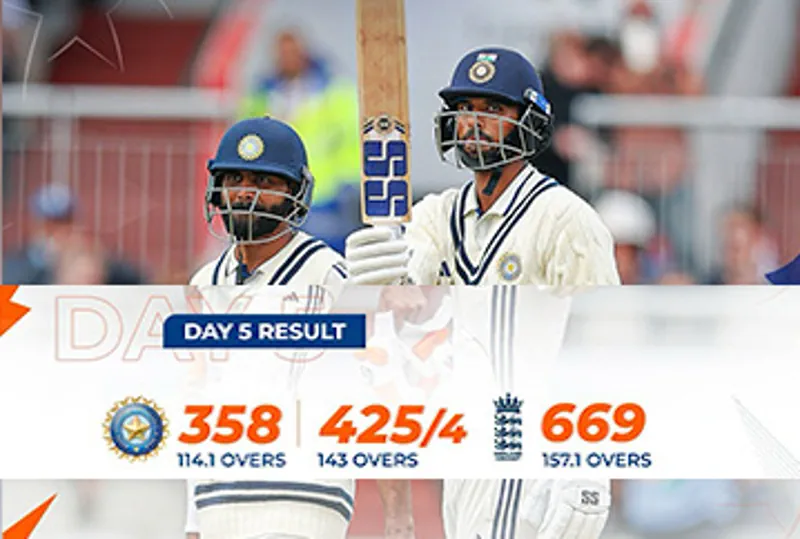
Cricket’s Mysterious Beginnings
Cricket’s origin is shrouded in mystery, with its roots deeply embedded in the English countryside. While the game’s exact inception date remains a subject of debate, it is widely accepted that cricket originated in England during the medieval period.
The earliest forms of the game were likely rudimentary, played with a ball and some form of a bat, often in open fields or even churchyards.
It was initially a children’s game, but its popularity soon transcended age groups, becoming a pastime for adults as well. The game’s evolution can be traced through various historical documents, including legal records and diaries. By the 16th century, cricket had already started to gain some form of structure, with rules and equipment that resembled the modern game.
The first cricket clubs began to form in the 17th century, providing a more organized platform for the sport. The game’s growth was not without its challenges, including the Puritan ban on sports during the 17th century. However, cricket survived these obstacles and continued to flourish, eventually becoming an integral part of English culture and society.
The Earliest Documented Mention: A Glimpse into Cricket’s Proto-History
The first definitive reference to cricket can be traced back to a 1598 court case in Guildford, Surrey. A document from the case mentions a dispute over a plot of land, which was being used by children to play “creckett.” This legal document serves as the earliest known mention of the game, providing concrete evidence of its existence during that period. The case itself was relatively mundane, but its implications for the history of cricket are monumental. It confirmed that cricket was not just a figment of folklore but a real, tangible activity that had already captured the imagination of the English populace.
Understanding the Origin of the Name “Cricket”
The name “cricket” has puzzled historians and etymologists alike. Several theories attempt to explain its origin, but none provide a definitive answer. One popular theory suggests that the name derives from the Old French word “criquet,” meaning a stick or post. This theory is supported by the fact that early forms of cricket involved hitting a wooden object, resembling a “criquet,” with a bat.
Another theory posits that the name comes from the Saxon or Old English word “cric,” meaning a crooked stick, which could describe the early cricket bats. Despite the lack of a conclusive explanation, the name “cricket” has become synonymous with the sport, transcending linguistic and cultural barriers to become a global term.
The Dawn of Organized Play: Cricket’s Formative Years
Cricket’s early years were characterized by a lack of formal rules and structure. The game was often played on makeshift pitches, with varying numbers of players and no standardized equipment. However, this began to change in the late 17th and early 18th centuries. The formation of cricket clubs, such as the London Cricket Club in 1722, provided a more organized framework for the sport. These clubs played a pivotal role in standardizing the rules and promoting inter-club competitions.
One of the most significant milestones in early cricket history was the drafting of the “Laws of Cricket” by the Marylebone Cricket Club (MCC) in 1788. These laws laid the foundation for modern cricket, standardizing everything from the dimensions of the pitch to the weight of the ball. The MCC’s influence was so profound that its laws are still considered the definitive rules for the game, even as cricket has evolved into a global phenomenon.
Cricket’s Leap Beyond English Shores
Cricket is one of the world’s most popular sports today, but its journey to international acclaim began in earnest during the late 18th and early 19th centuries. The British Empire played a pivotal role in this expansion, as cricket followed the Union Jack to colonies and territories around the globe.
The first recorded cricket match outside England took place in North America, between Canada and the United States, in 1844. However, it was in the colonies of Australia, India, and the West Indies where the sport truly found fertile ground.
Australia’s first recorded cricket match took place in Sydney in 1803, and the sport quickly gained traction down under. The inaugural Test match between Australia and England in 1877 marked a significant milestone in cricket history, as it was the first-ever international cricket match.
Similarly, cricket found a home in the Indian subcontinent, with the first recorded match taking place in 1721. By the late 19th century, cricket had become a staple in Indian society, leading to the formation of the Bombay Quadrangular in 1892, a tournament that was a precursor to modern-day domestic competitions in India.
In the Caribbean, cricket became more than just a sport; it was a symbol of regional identity and pride. The formation of the West Indies Cricket Board in 1928 and their subsequent Test status in 1928 solidified cricket’s place in the Caribbean culture.
The Evolution of Cricket Laws
The development of cricket laws has been a fascinating journey, marked by debates, controversies, and revisions. The Marylebone Cricket Club (MCC) took the first significant step in 1788 by drafting the “Laws of Cricket,” which laid the groundwork for the modern game. However, these laws were not set in stone and underwent several revisions to adapt to the changing nature of the sport.
One of the most significant changes came in 1864 with the legalization of overarm bowling, a move that revolutionized bowling tactics and made the game more dynamic. Another pivotal moment was the introduction of the third umpire and the Decision Review System (DRS) in the 21st century, which brought technology into the adjudication process, making it more accurate and fair.
The Victorian Era and Beyond: Cricket in the 19th Century
The 19th century was a transformative period in cricket history. The formation of the first-ever international cricket team, representing England, toured North America in 1859. This was followed by the birth of Test cricket in 1877, which set the stage for international competition.
The establishment of county cricket in England, with the formation of the County Championship in 1890, provided a structured domestic competition that became the breeding ground for future international stars.
The late 19th century also saw the rise of legendary cricketers like W.G. Grace, who became the sport’s first superstar. His prowess on the field and larger-than-life personality brought unprecedented attention to the game, making cricket a mainstream attraction.
A Century of Transformation: Cricket in the 20th Century
The 20th century was a period of rapid change and innovation in cricket. The introduction of one-day cricket in the 1960s, culminating in the first-ever One Day International (ODI) between Australia and England in 1971, added a new dimension to the game. The inaugural Cricket World Cup in 1975 was another watershed moment, turning cricket into a global spectacle.
The 1980s and 1990s were marked by the dominance of the West Indies and Australia, respectively.
The emergence of cricketing legends like Sir Vivian Richards, Wasim Akram, and Sachin Tendulkar elevated the sport to new heights. The advent of television broadcasts also played a crucial role in popularizing the game, reaching audiences far beyond traditional cricketing nations.
The New Millennium: Cricket in the 21st Century
The 21st century has seen cricket evolve at an unprecedented pace. The introduction of Twenty20 cricket in the early 2000s, and the subsequent launch of the Indian Premier League (IPL) in 2008, revolutionized the game’s format and economics. The T20 format has made cricket more accessible and entertaining, attracting new audiences and commercial opportunities.
Technological advancements, such as Hawk-Eye and DRS, have made the game more precise and equitable. Women’s cricket has also gained significant traction, with the Women’s T20 World Cup attracting record viewership numbers.
Final Thoughts About Cricket and It’s Rich History
Cricket’s rich history and constant evolution make it a fascinating subject, not just for sports enthusiasts but for anyone interested in the cultural and social impacts of a game that transcends borders and unites people worldwide.
Also Read:
- IND vs ENG: Jadeja, Sundar, Gill Hundreds Help India Earn Dramatic Draw Against England in 4th Test
- “If There Are No Bilateral Matches, Why Play in Multination Events?”: Azharuddin on India-Pakistan Asia Cup Clash
- Men’s Asia Cup 2025 To Be Held In UAE; ACC
- Ben Stokes Creates History With 11,000 International Runs And Rare 7,000 Runs-200 Wickets Test Feat




